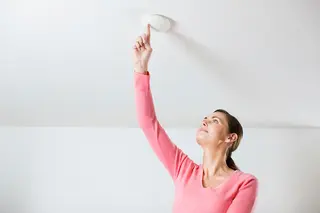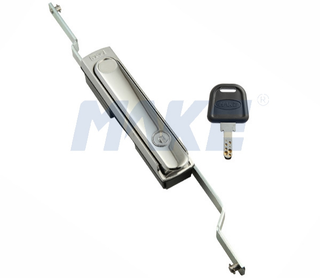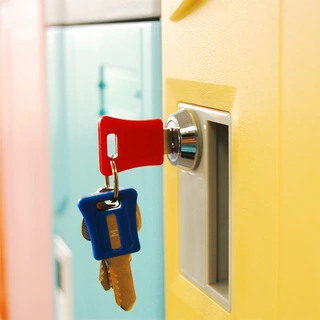Smoke alarms detector protect your life
What you need to know
Most fatal fires happen at night when people are sleeping. A working smoke alarm will detect smoke and sound to alert you.
Protect your home with a smoke alarm
The Ontario Fire Code requires every home to have a working smoke alarm.
Choose the best alarm
There are many different types of smoke alarms to choose from. Smoke alarms can be electrically connected, battery-operated or both.
Install more than one
Install smoke alarms on every level of your home and near each sleeping area. Remember to replace alarms that are more than 10 years old. Smoke alarms don't last forever.
Where to install smoke alarms
Because smoke rises, it is recommended that you place the alarms on the ceiling. Avoid ceilings near bathrooms, heating appliances, windows and ceiling fans.
Test your alarm
Test your smoke alarms monthly by pressing the test button. You can also test your alarms by using smoke from a smoldering cotton string.
Replace batteries regularly
When warning beeps sound, replace your battery immediately. Never wait. Change your batteries when you change your clocks' in the Spring and Fall.
Maintain alarms
Prevent dust from clogging your smoke alarms by gently vacuuming them with a soft brush every six months. Never vacuum electrically connected alarms unless you shut off the power. Test each unit when finished.
Prepare and practice
Draw a floor plan showing how you and your family would escape a fire in your home. Look for two ways out of each room and have a pre-arranged meeting place outside. Regularly practice with every member of your home. After everyone is outside, call 9-1-1 from a safe location.
When installing, testing, and maintaining smoke alarms, make sure you follow the manufacturer's instructions.
In case of fire or an emergency, call 9-1-1
Send your message to this supplier
Related Articles from the Supplier
Smoke alarms detector protect your life
- Nov 09, 2016
smoke alarm detection will save your live
- Aug 03, 2016
Fire Life safe equipment Home fire sprinkler
- Oct 29, 2016
Related Articles from China Manufacturers
Extending the Life of Your Valves
- Jan 29, 2022
Contactless Smart Locks Make Your Life Safer
- Mar 17, 2020
How to Protect Your Hair When Swimming?
- Aug 07, 2020
Sunglasses Protect Children Eyes
- Jan 06, 2022
Cabinet Security Lock will protect your cabinet
- Sep 03, 2019
How will IoT locks change your life
- May 23, 2019



-320x139.webp)








